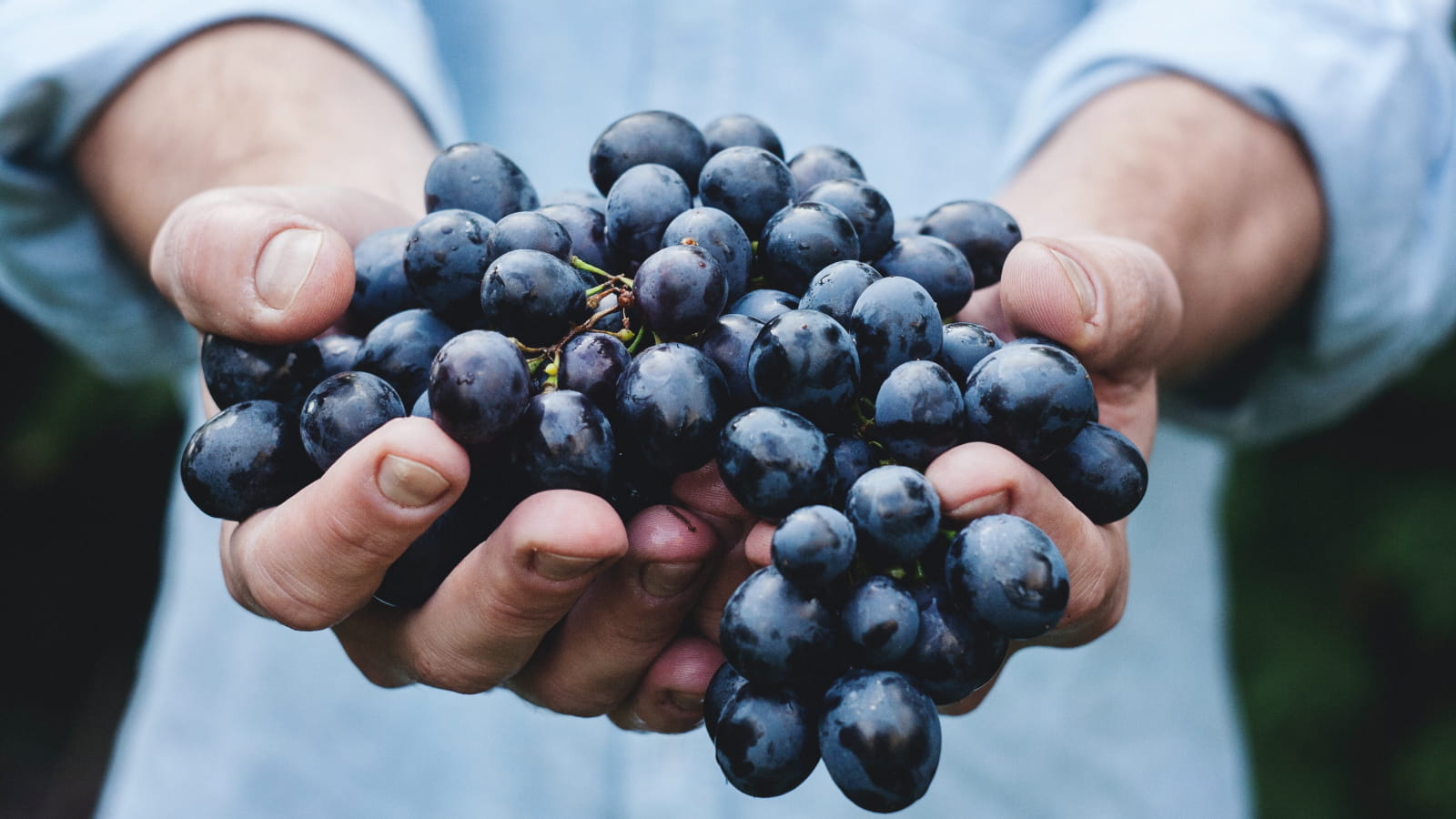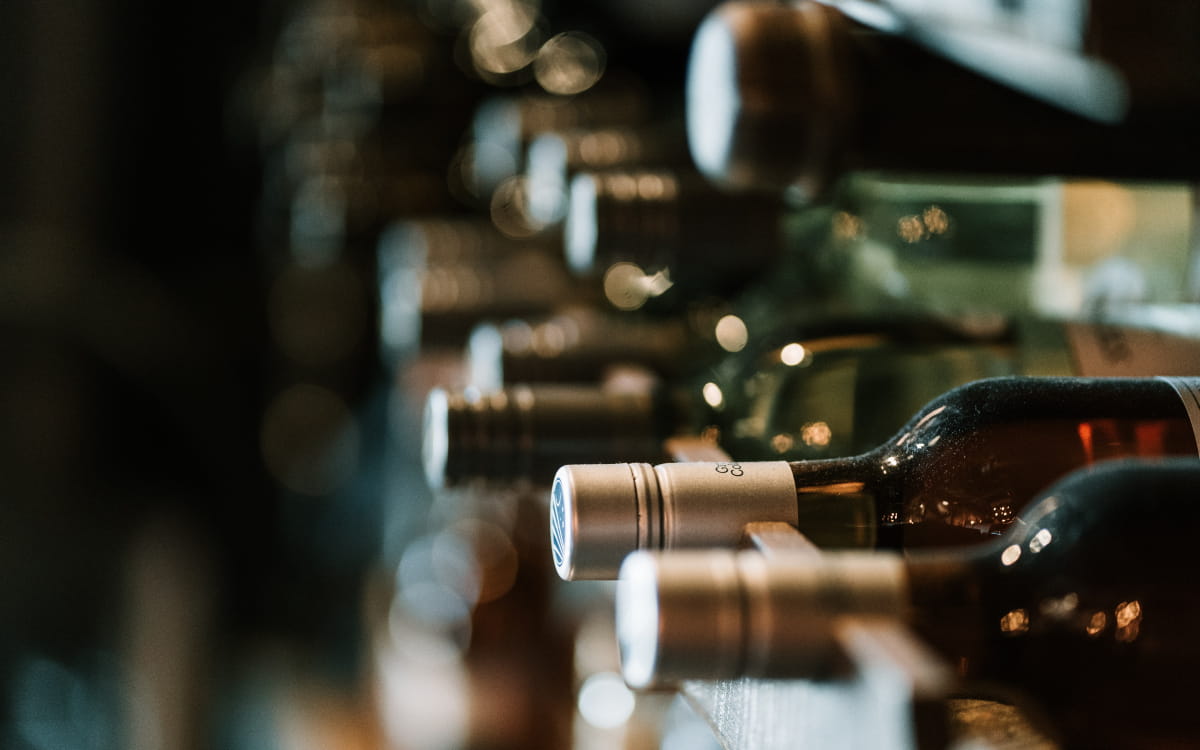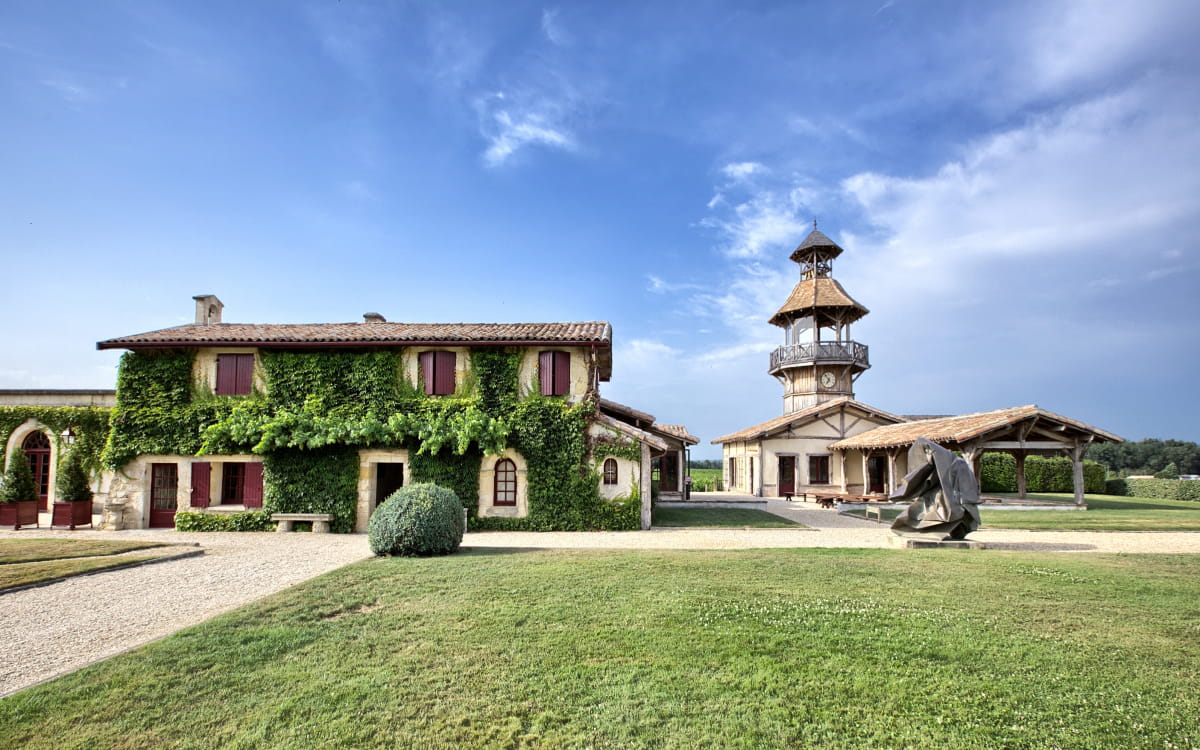
The Pessac-Léognan Appellation
A young appellation born on an age-old terroir
Situated in the Graves vineyards, which are themselves attached to those of Bordeaux, Pessac-Léognan is an appellation d'origine contrôlée whose wine is produced around the communes of Pessac and Léognan, to the south of Bordeaux.
The vineyard
of the Pessac-Léognan appellationThe Pessac-Léognan appellation has only existed for about thirty years. The signing of the appellation decree on 9 September 1987 marked the recognition of a vineyard that grew out of the terroir that gave birth to the "New French Claret" at Château Haut-Brion - grand cru classé 1855 - in the 18th century.
The soil, the climate and the know-how used to produce both red and dry white wines are of exceptional quality, which has been noticed for centuries. The terroir is characterised by deposits of gravel: pebbles and gravel rolled by the Garonne River for nearly two million years. The climate is regulated to the east by the river, which mitigates frost, and to the west by the forest, which protects from the prevailing winds and keeps the soil moist.
The reconquest of this vineyard over the last fifteen years or so has made it possible to maintain the surface area of the appellation in the face of the urban extension of the near outskirts of Bordeaux. With the replanting of more than a thousand hectares of vines, winegrowers have regained the 1700 hectares that the vineyard still had in 1935. Today, the total surface area exceeds 1790 hectares of production.
The Pessac-Léognan appellation area extends over 10 communes: Cadaujac, Canéjan, Gradignan, Léognan, Martillac, Mérignac, Pessac, Saint-Médard-d'Eyrans, Talence and Villenave-d'Ornon.
The grape varieties of the Pessac-Léognan appellation for red wines are Cabernet Sauvignon, Merlot and Cabernet Franc. Other grape varieties are also authorised in blends such as carménère, côt (malbec) and petit verdot. The production area amounts to about 1500 hectares.
For the white wines, it is the sauvignon that dominates, sometimes associated with the sémillon. Muscadelle and Sauvignon Gris are also authorised. The surface area of the vines intended for the production of these dry white wines is close to 300 hectares.
Carefully selected, the annual production of pessac-leognan amounts to 65,000 hectolitres, or nearly 9 million bottles (80% reds and 20% dry whites). The Graves Crus Classés represent around 20% of the volumes produced in the Pessac-Léognan appellation. Highly sought after by foreign customers, wines exported abroad account for three quarters of production.
Most of the châteaux in the Pessac-Léognan appellation offer visits. Out of the 29 wine-producing châteaux in the appellation, 22 are located in the Montesquieu area. The appellation includes all the Crus Classés de Graves, i.e. 14 châteaux for 16 crus approved by decrees of 7 August 1953 and 16 February 1959 (red and/or dry white wines). The most famous of these is Château Haut-Brion, the first Grand Cru Classé in 1855 (red Graves).
Take advantage of a visit to the estate to taste a selection of wines, take part in an introduction to oenology or discover other facets of an estate. Château Smith Haut-Lafitte, surrounded by 10 hectares of undergrowth, offers its visitors an art trail on the theme of Land Art in the "Forest of the Senses".
Discover the charm of these properties with their authentic accents, from bourgeois homes to historic castles, and take the time to enjoy a touristic and oenological experience!




